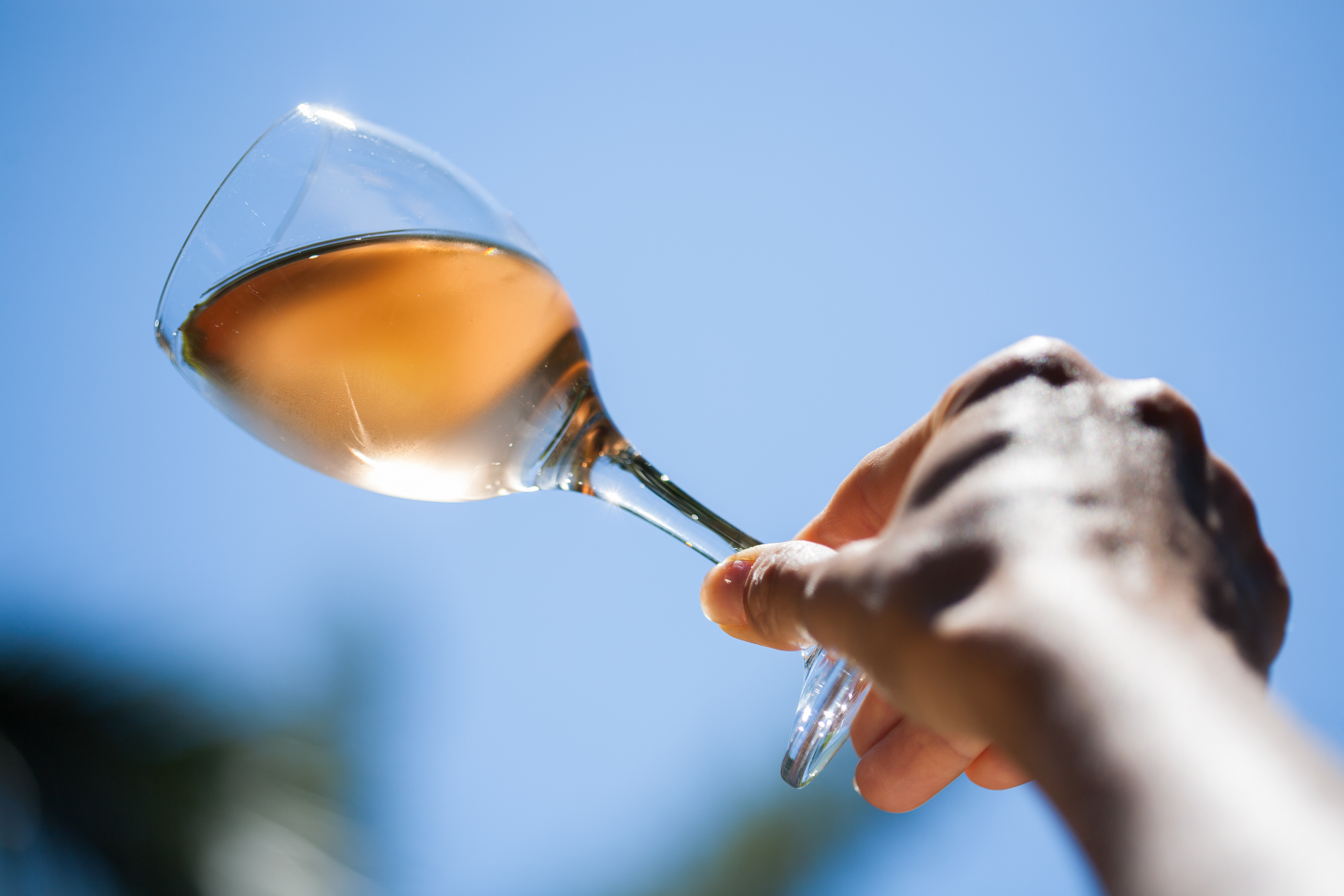Today marks International Rosé Day!
Not International Blush (or Pink) Day.
So what do we mean by that?
“Pink” or “Blush” wines represent (in modern times) sweeter stylings whereas “Rosé” indicates the dry stylings found in the greater areas of Europe. Now from a labeling perspective, they can all be used interchangeably, but with Rosé sales at an all-time high, why would anyone submit a label for approval under the “Blush” name in print?
Well, the obvious answer is you want to indicate that the product in the bottle is sweet. The other answer ties into the previous statement: say you’re a winemaker who has cornered the “Blush” market and you are meeting production and adequate sales for your brand/winery, then the proverbial ‘if it ain’t broke, don’t fix it’ comes into play.
In the current market, it would be social suicide to bottle a beautiful salmon colored dry wine and further label it as “Pink” or “Blush” – just the way it is, doesn’t mean it won’t change in the future, but such it is for now in a very hot market with tons of people vying for their share of the current customer spend.
Now, historically speaking, “Blush” wasn’t indicative of a sweet wine or an alternative to Rosé. The term came into play for red wines that had grape skins that didn’t tint the wine as heavily as other grape skins do (think how a Pinot looks vs. a Cab). In these wines, the juice was simply blushed by the skins, as opposed to Rosé where limited skin contact is allowed, and in lesser cases, white is mixed with red to create the pale color.
Now this is in now way a knock to Blush wines or Blush wine drinkers, to each their own (#letgrandmadrink), but on this day, go ahead and put the Blush down, and take a moment to enjoy (responsibly), a bottle of international Rosé. We always recommend something Provençal when it comes to this category, but feel free to have fun and experiment with Rosé from other corners of the globe.
Today is the day!

